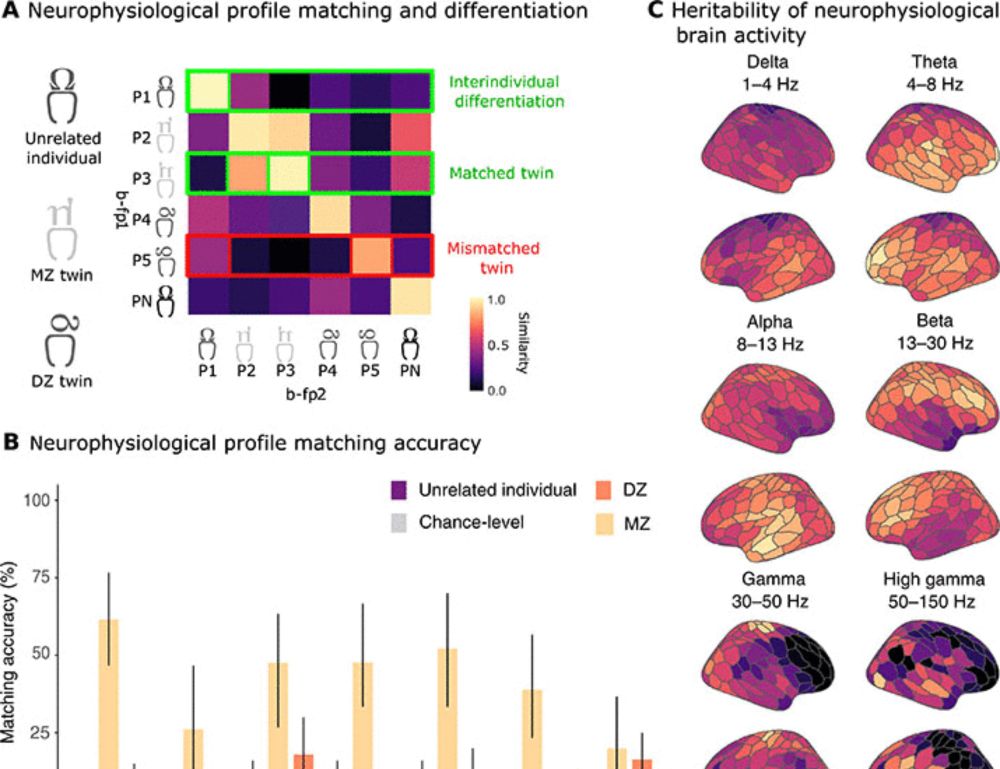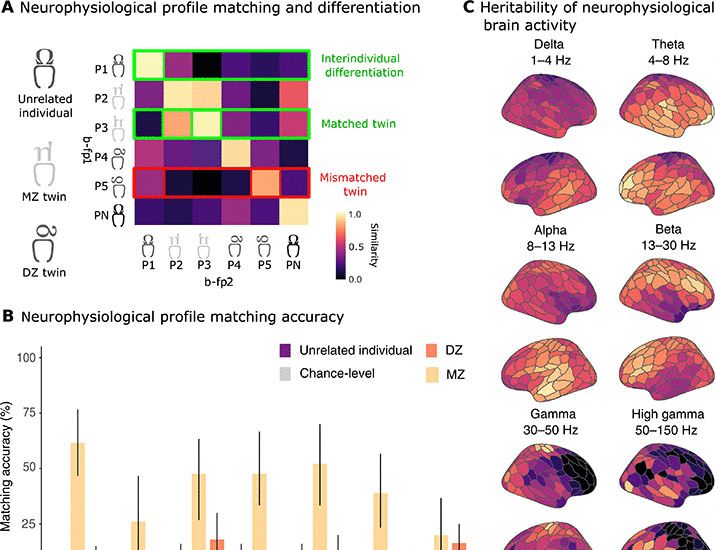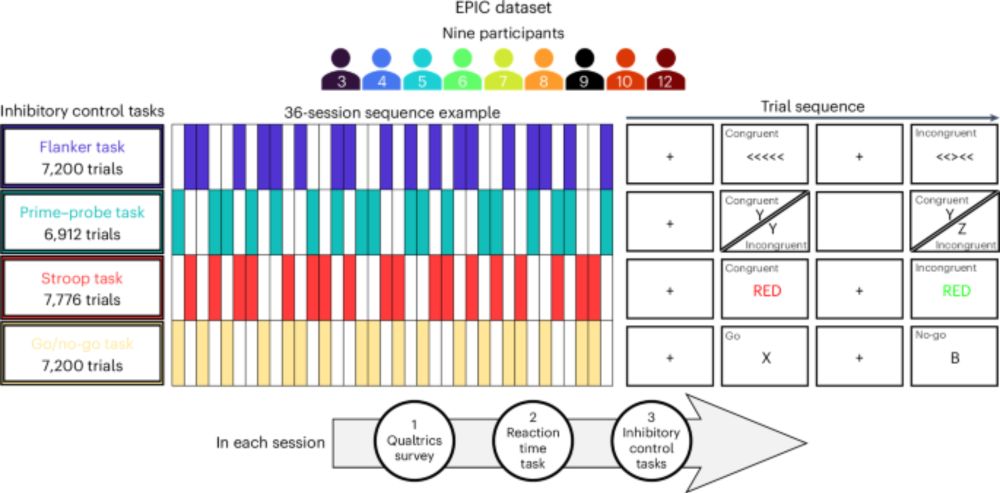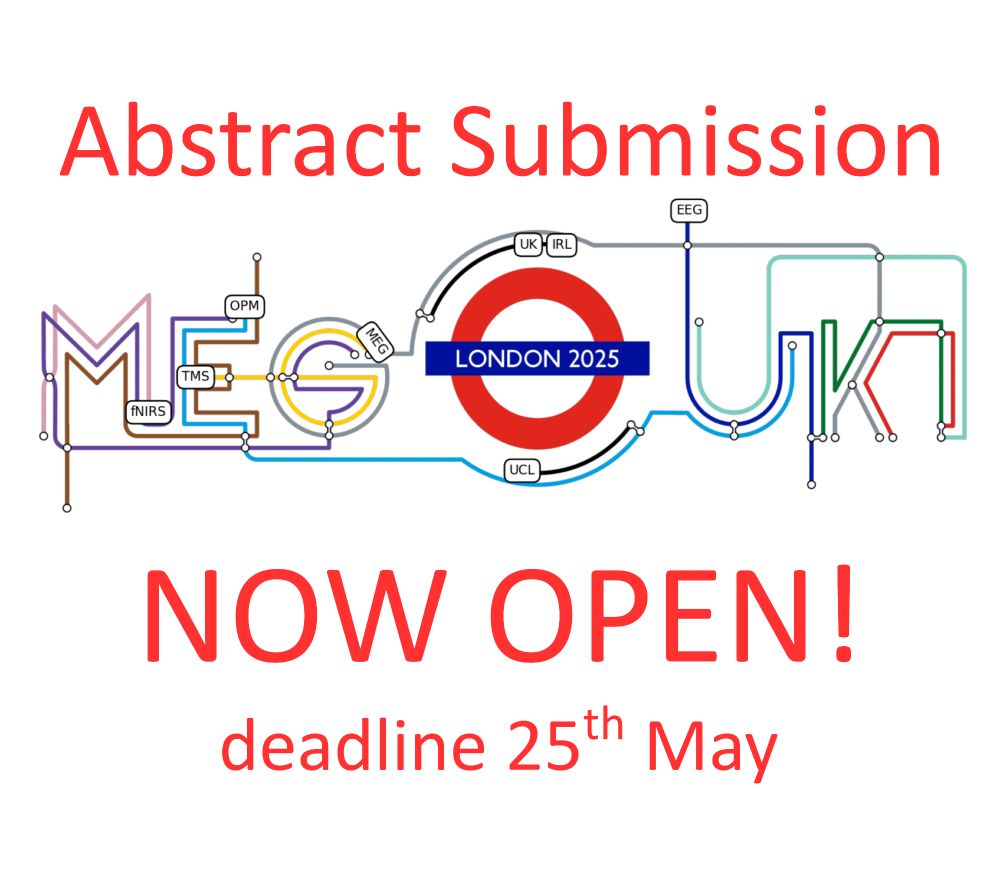Jason da Silva Castanheira
@jasondasilvac.bsky.social
400 followers
150 following
19 posts
The guy in the pink suit at OHBM 🧠🧠🧠
Postdoc Fellow at the Division of Psychology and Language Sciences, UCL
Posts
Media
Videos
Starter Packs
Reposted by Jason da Silva Castanheira
Reposted by Jason da Silva Castanheira
Reposted by Jason da Silva Castanheira
Reposted by Jason da Silva Castanheira
Reposted by Jason da Silva Castanheira
Reposted by Jason da Silva Castanheira
Reposted by Jason da Silva Castanheira
Reposted by Jason da Silva Castanheira
Reposted by Jason da Silva Castanheira
Reposted by Jason da Silva Castanheira
Reposted by Jason da Silva Castanheira
Steve Fleming
@smfleming.bsky.social
· Jan 29
Reposted by Jason da Silva Castanheira
Alex Wiesman
@alexwiesman.bsky.social
· Jan 15














